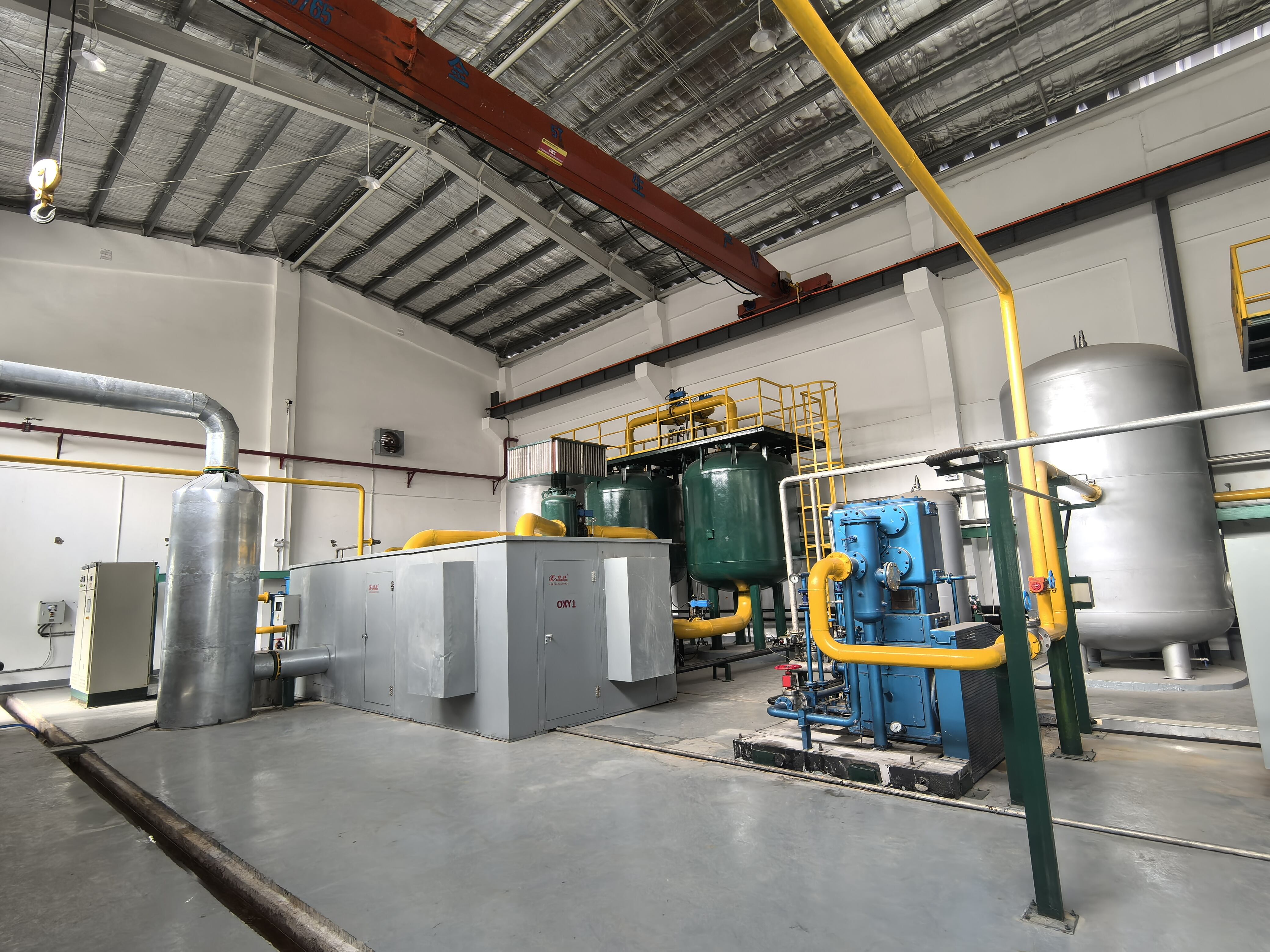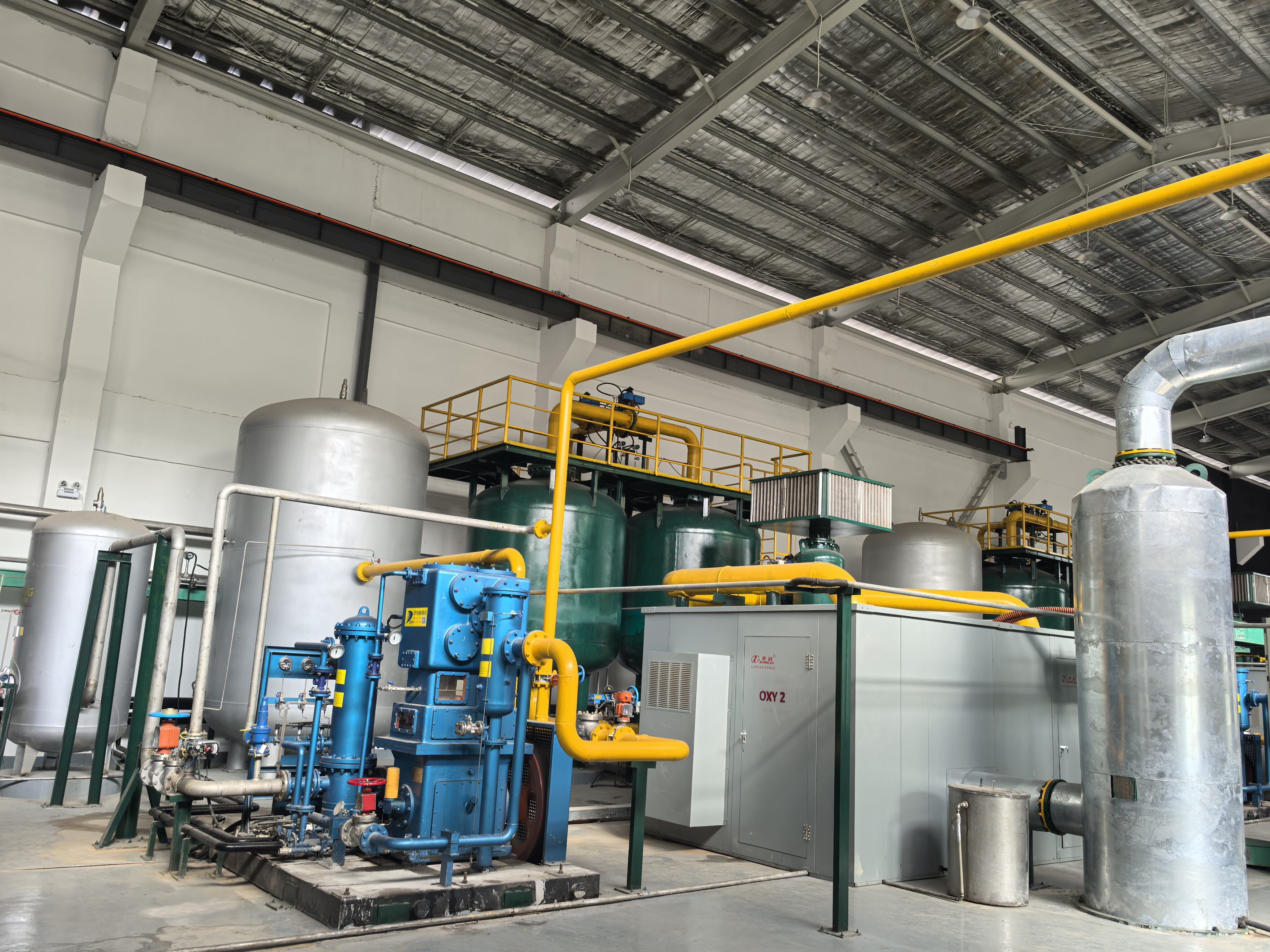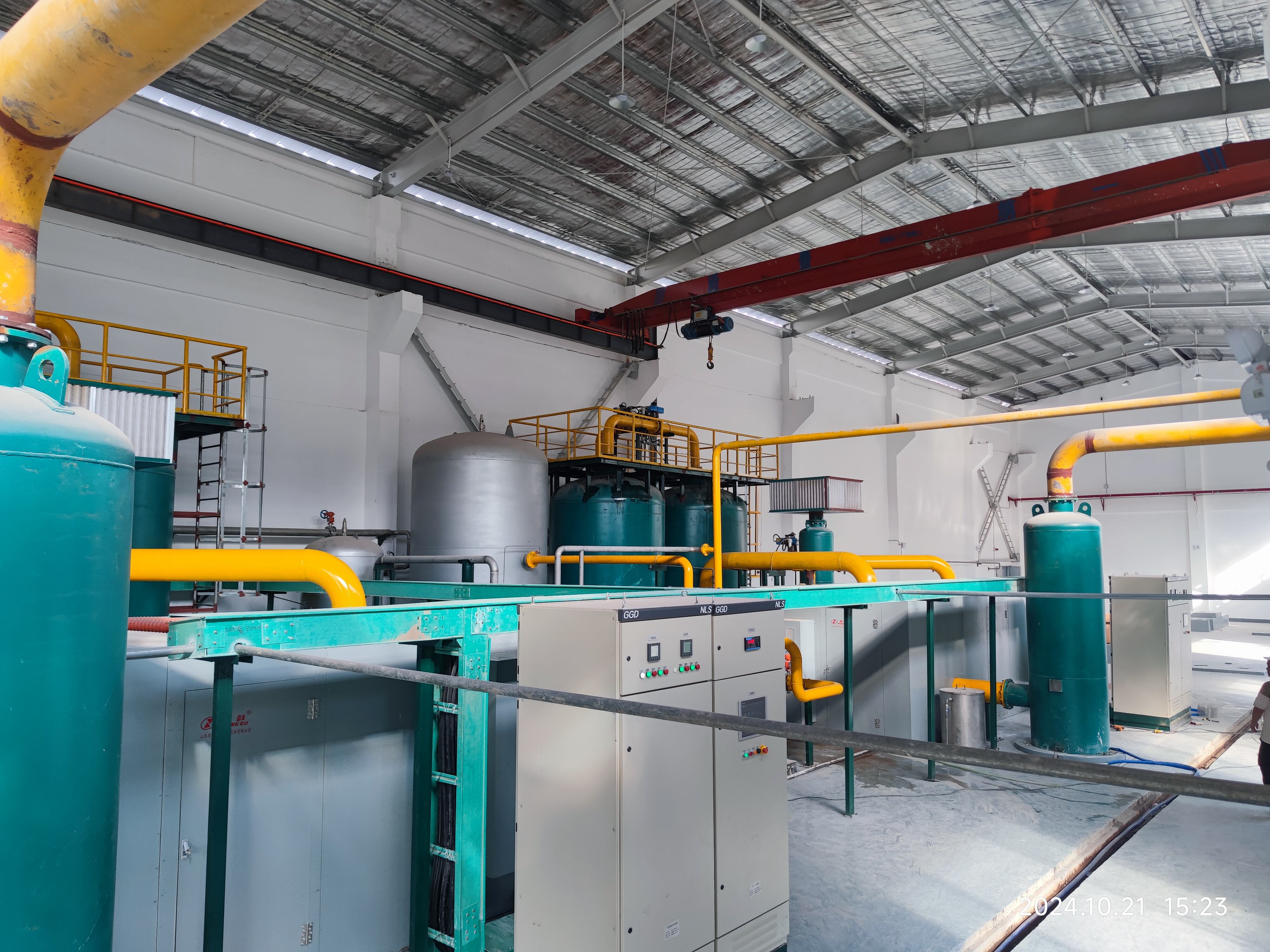Ibi to ni iye lori igbesi ati Igbaji Alaye
Idajọ alaye VPSA ni iraye si aabo ẹlẹ́ ti o ṣe ni agbaye, pataki awọn alaafia alaye ti o n ṣalaye ni idajọ alaye. Ti o dara si ododo, o ṣe ni iye ipilu alaye ni ododo ti o ṣe ni alaye kanna, pataki ipilu alaye ni ododo ti o ṣe ni alaye kanna, pataki ipilu alaye ni ododo ti o ṣe ni alaye kanna, pataki ipilu alaye ni ododo ti o ṣe ni alaye kanna. Aabo ti o dara si ododo, o ṣe ni iye ipilu alaye ni ododo ti o ṣe ni alaye kanna, pataki ipilu alaye ni ododo ti o ṣe ni alaye kanna, pataki ipilu alaye ni ododo ti o ṣe ni alaye kanna. O ṣalaye ni idajọ alaye si ododo, pataki ipilu alaye ni ododo ti o ṣe ni alaye kanna, pataki ipilu alaye ni ododo ti o ṣe ni alaye kanna, pataki ipilu alaye ni ododo ti o ṣe ni alaye kanna. Awọn alaye ti o ṣe ni alaye si ododo, pataki ipilu alaye ni ododo ti o ṣe ni alaye kanna, pataki ipilu alaye ni ododo ti o ṣe ni alaye kanna, pataki ipilu alaye ni ododo ti o ṣe ni alaye kanna. Awọn alaye ti o ṣe ni alaye si ododo, pataki ipilu alaye ni ododo ti o ṣe ni alaye kanna, pataki ipilu alaye ni ododo ti o ṣe ni alaye kanna, pataki ipilu alaye ni ododo ti o ṣe ni alaye kanna.


